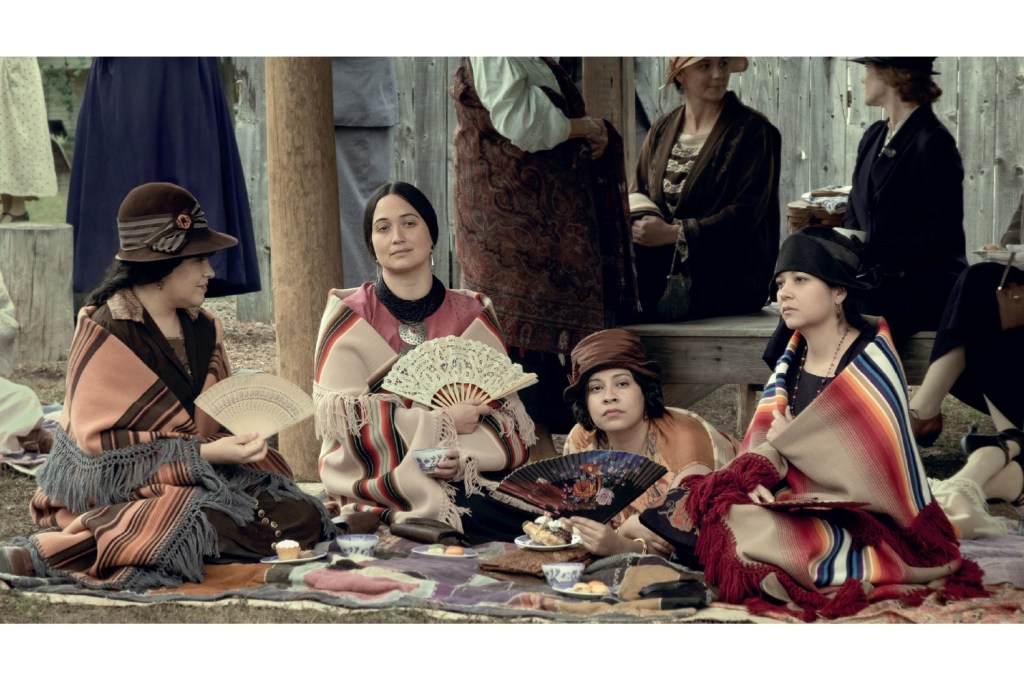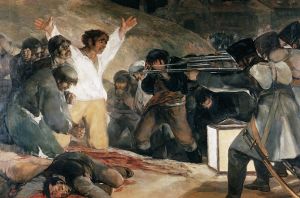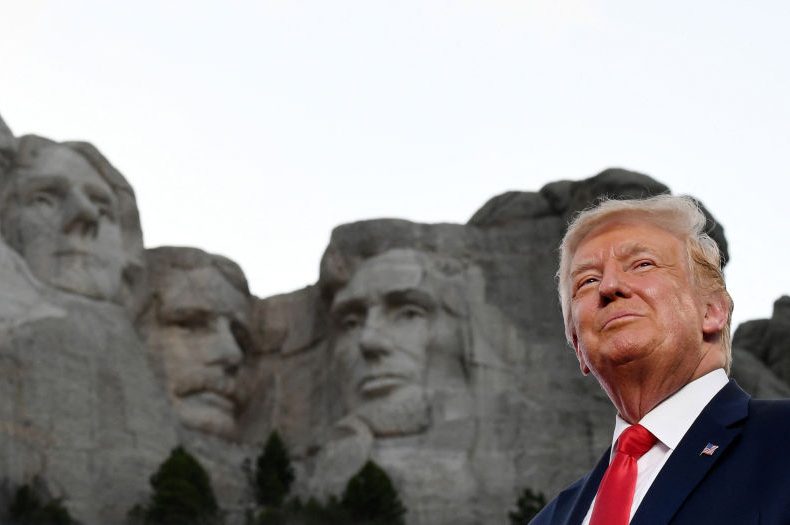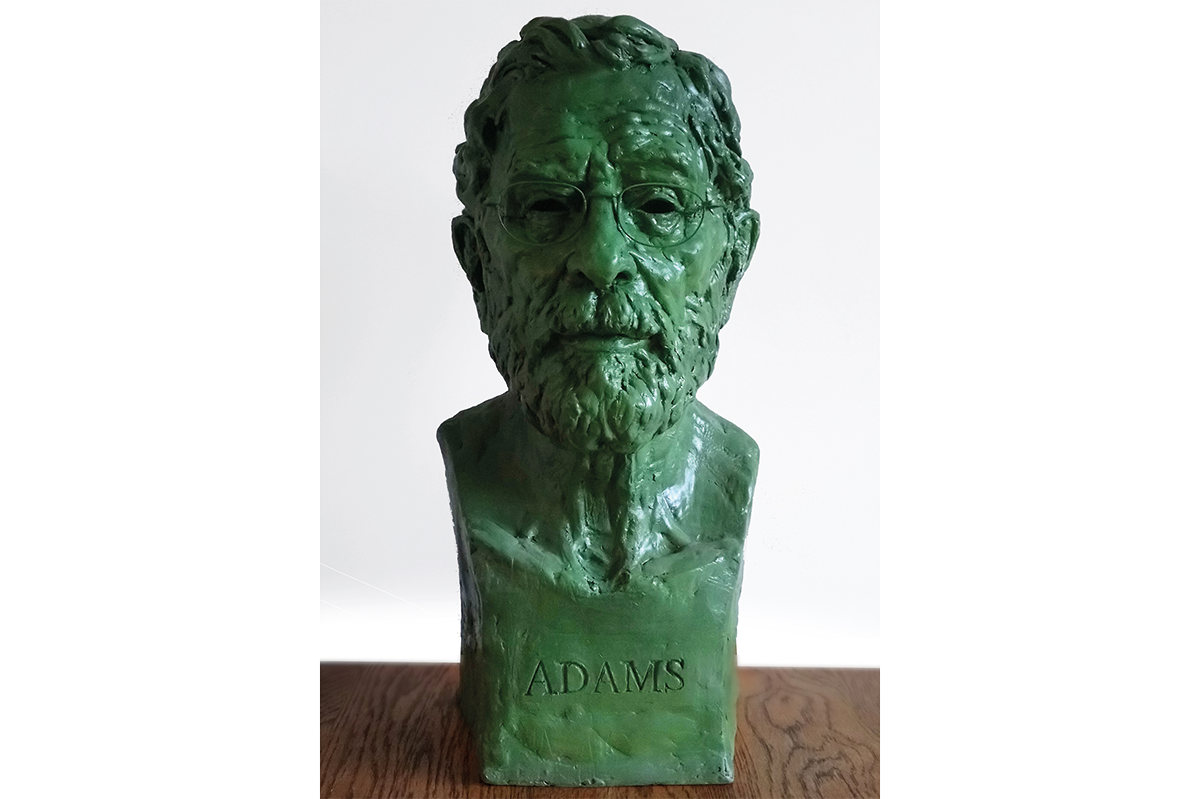Martin Scorsese’s Killers of the Flower Moon is a Western crime drama that runs to three-and-a-half hours. (Sit on that, Oppenheimer!) But which is it: an epic masterpiece? Or just very, very tiresomely long? There are certainly pacing issues, and things that needed further explanation — there is no hand-holding. That said, the running time does allow for world-building, and it builds a world so engrossing that when I came out of the cinema onto the high street it was weird to see a pharmacy and coffee shop rather than dusty tracks and horses and vast landscapes beset by oil derricks. So I guess it’s epic and also tiresomely long. Does that help?
This isn’t a thriller. Its heft is in the moments that take place between the main plot points
Adapted from a book by David Grann, the film is based on a true story — the Osage Indian murders — and a period in American history that has been recorded but never dramatically explored, which is remarkable as it’s so astonishing. During the 1920s, as the opening intertitles tell us, the Osage Indians in Oklahoma became the richest people per capita in the world due to oil being discovered under their reservation. They lived in mansions with chandeliers and had cooks, maids and chauffeurs — look them up: they were mad about having their photos taken — while their white neighbors wished them well. I’m playing with you. As the trailer tells us: “Greed is an animal that hungers for blood.”
Enter Ernest Burkhart (Leonardo DiCaprio), returning from the war to live with his uncle, William Hale, played by Robert De Niro in a proper performance rather than a Meet the Parents performance. Hale, a cattle rancher, is all charm and affability but from the off we can see he is sinister and consumed by that greed. Ernest is weak and easily manipulated — a dumb schmuck, in short.
He is persuaded to woo Mollie (Lily Gladstone), a “full blood” with “head rights” (rights to oil). She is quietly wise, not a dumb schmuck, sees him coming, and she’ll run a mile, surely? Yet she is seduced and charmed. I didn’t buy that. Did she not look around her? And see how many of the white men that the rich Indian women had married — which appears to have happened often — were also no good? Such questions are always taking you out of the story. I wanted my hand held here. I wanted more context. Why were Indians so accepting of whites at this time? I couldn’t really get my head round the twisted love story at the heart of this film — even though it is apparently true.
But she does marry him, by which time she is already deeply troubled by the mysterious illnesses that have been killing the Osage people. First her sister, then her mother, and the deaths, via various means, keep coming. News eventually reaches Washington, which sends an officer to the area (Jesse Plemons) from its newly founded Bureau of Investigations (later the FBI), along with a number of undercover detectives. This isn’t a thriller. There is no tension as we know who the murderers are. Its heft is in the moments that take place between the main plot points, in the details of everyday life and the interplay between all the main characters, particularly Ernest being gaslit by Hale. Again.
The middle act drags, as no new information is forthcoming, but the performances are gripping. De Niro, playing evil hiding in plain sight, is menacingly charismatic, while DiCaprio captures Ernest’s inner conflict, guilt and craven neediness. Gladstone is magnetically enigmatic, like her character. We learn more about the whites than we ever do about the Indians. That said, the end is superbly clever, the cinematography is lush, the costuming out of this world, as is the world-building. And Scorsese’s film is saying something about power and imperialism and the founding of America. An epic that is sometimes tiresome, in other words.
This article was originally published in The Spectator’s UK magazine. Subscribe to the World edition here.






















Leave a Reply